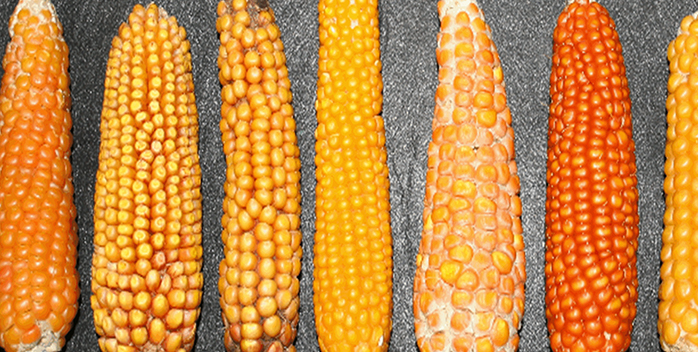
Using Metabolism to Improve Maize Breeding
Research, The Plant Cell, The Plant Cell: In a Nutshell0 Comments
/
Cañas et al. study the relationships between maize leaf metabolism and grain yield to identify putative markers for breeding http://www.plantcell.org/content/29/5/919
By Rafael A. Cañas, Peter J. Lea and Bertrand Hirel
In crops, several metabolic pathways are involved in the control of biomass…
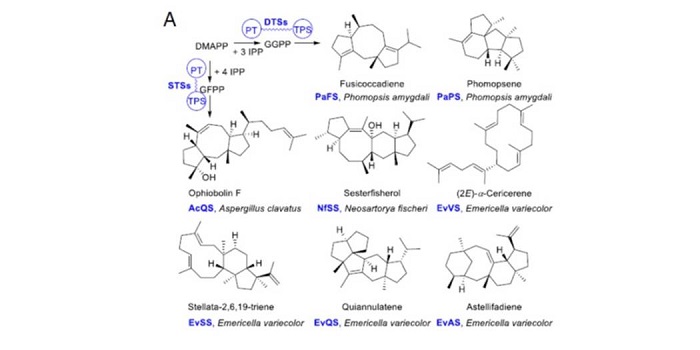
Convergent evolution of sesterterpene biosynthetic repertoire in the Brassicaceae
Plant Science Research WeeklySesterterpenes are a family of natural products; some (derived from corals and fungi) have been shown to have antitumor, antimicrobial and antiinflamatrory activities. Huang et al. used genome mining to identify sesterterpene biosynthetic genes in the Brassicaceae. The first committed step is carried…
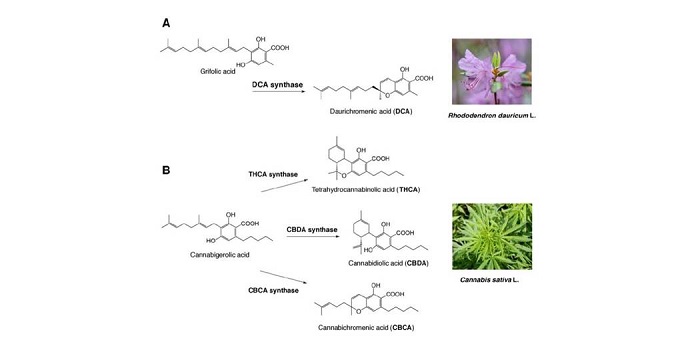
Synthesis of the anti-HIV compound daurichromenic 1 acid in Rhododendron dauricum
Plant Science Research WeeklyDaurichromenic 1 acid (DCA) is a meroterpenoid with anti-HIV properties that is produced in young leaves of Rhododendron dauicum. In this study, Iijimi et al. identified a DCA synthase gene. Starting with their previous observations that this enzyme is a stereoselective meroterpenoid oxidocyclase, similar…
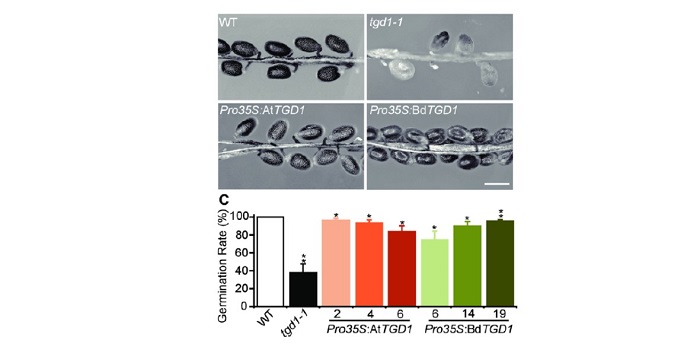
Squeezing oil out of plants and into your gas tank: it's hard
Research, Research Blog, The Plant Cell, The Plant Cell: News
Here is a summary of new research published in The Plant Cell, written by Martin Vorel and published on the Michigan State University website.
Sometimes, when a science experiment doesn’t work out, unexpected opportunities open up.
That’s what Yang Yang and the Benning lab have found…

Review: How does a plant orchestrate defense in time and space? Using glucosinolates in Arabidopsis as case study
Plant Science Research Weekly, ResearchPlants, like human societies, must live with the inherent conflict between investing in defense and investing in growth and infrastructure. Burrow and Halkier provide an interesting and highly readable overview of the strategies by which Arabidopsis optimizes the production and distribution of glucosinolates,…

A Possible Strategy for Increasing Methionine Titer in Seeds
Plant Physiology, Plant Physiology: On The Inside, ResearchMethionine is a nutritionally essential sulfur-containing amino acid found at low levels in plants and in their seeds. It often limits the nutritional value of crop plants as a source of dietary protein for humans and animals. In plants, methionine plays key roles in protein synthesis and mRNA translation,…
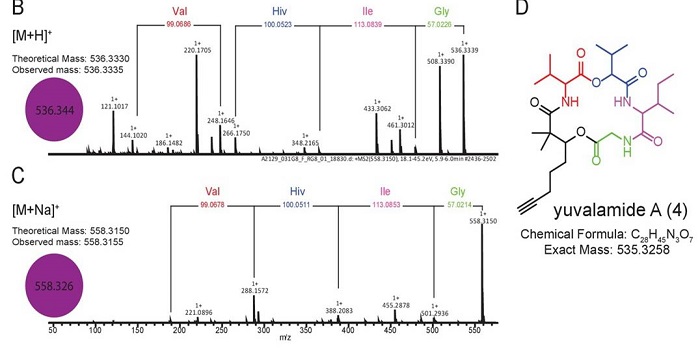
Exploring the chemical diversity and distribution of marine cyanobacteria and algae through mass spectrometry
Plant Science Research Weekly, ResearchLike plants, algae and cyanobacteria produce a dizzying array of largely unexplored natural products that can be used as medicines, in biotechnology and in agriculture. Luzzatto-Knaan et al. used mass spectrometry (MS) to explore chemical diversity from marine samples collected across space and time.…

Bacterial biosensors for in vivo spatiotemporal mapping of root secretion
Plant Science Research Weekly, ResearchBiosensors are powerful tools that provide readouts for various small molecules so that they can be detected and located. Pini et al. have developed a set of biosensors for expression in bacteria (Rhizobium leguminosarum) that reveal some of the small molecules (including key sugars, polyols, organic…
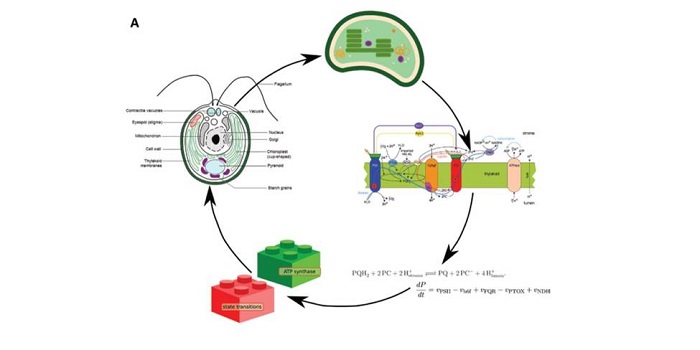
Review: Systems-wide understanding of photosynthetic acclimation in algae and higher plants ($)
Plant Science Research Weekly, ResearchDeriving energy from light is a bit like keeping your hands warm by juggling burning coals; doable but dangerous. Photosynthetic organisms constantly adjust their photosynthetic machinery to optimize energy production but avoid damage from excess light. Moejes et al. describe a large-scale project,…

